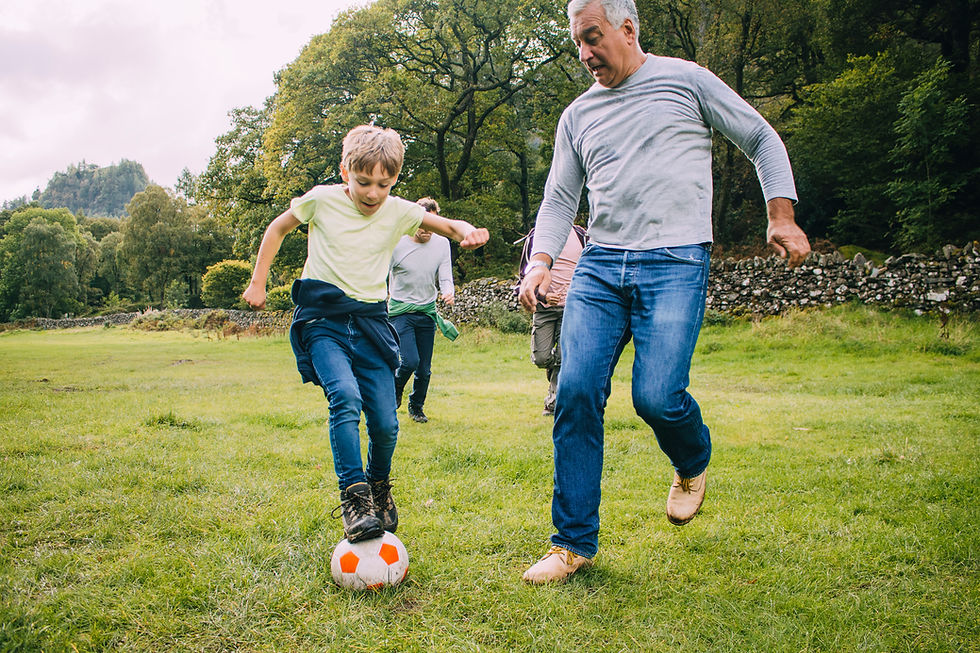Learning How to Move
- Rock Hudson

- Feb 16
- 1 min read
Most of us go through life never really thinking about how our bodies move until something goes wrong, perhaps a lingering ache, a stubborn tightness, or a sudden injury. But imagine if you could avoid many of these issues simply by learning the fundamental patterns that guide everyday motion. The idea isn’t to turn you into an Olympic athlete. Rather, it’s to help you tap into your body’s natural capacity for fluid, pain-free living.
I first realized how crucial this is when a client I’ll call Sarah confessed that she felt tired just walking upstairs or carrying groceries, despite having no serious health conditions. Her problem wasn’t that she lacked effort or discipline. It was that nobody had ever taught her how to move with efficiency. That’s where movement education comes in. If you understand the right mechanics, you can systematically reduce stress on your joints and muscles, allowing you to bend, reach, and carry with far more ease.
Research also backs up the idea that refining basic movement patterns can decrease the risk of both acute and chronic injuries. The American College of Sports Medicine has published findings on how re-learning correct biomechanics helps people remain active across their entire lifespan. So, if you’re tired of feeling stiff, off-balance, or generally uncomfortable, consider the power of learning how to move. It’s a proactive approach to wellness, one that can turn the simple act of getting out of bed in the morning or climbing a flight of stairs into something that feels natural and effortless.




Comments